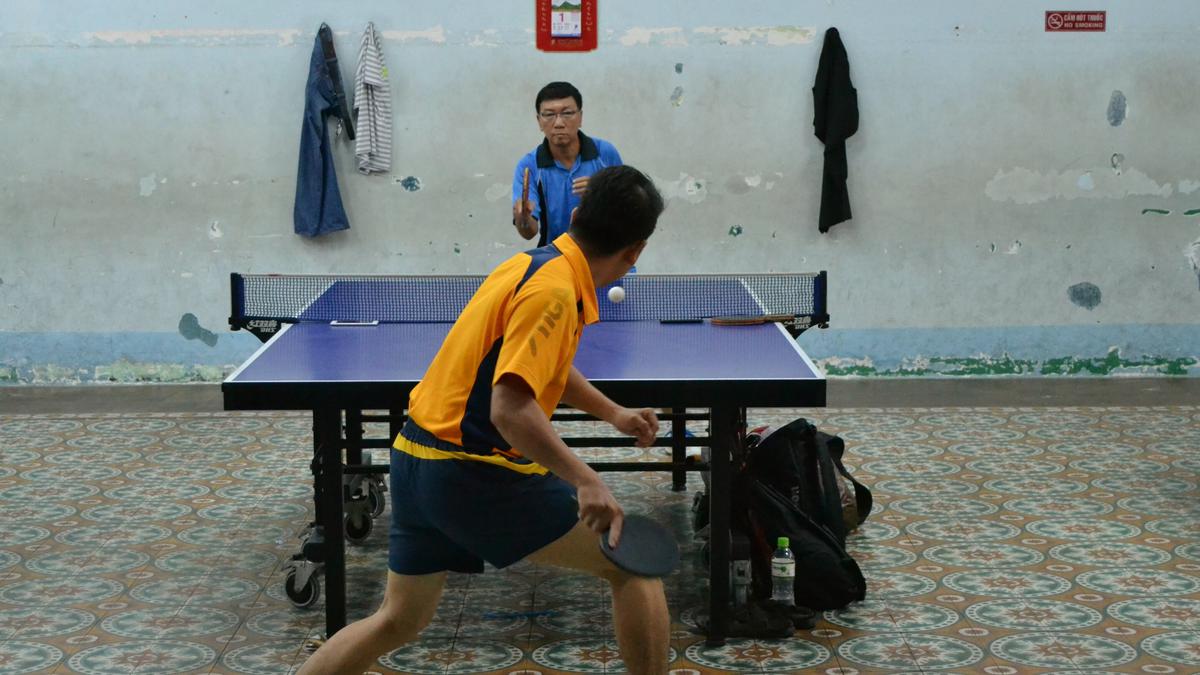
Explained | The physics of why a table-tennis ball spins the way it does Premium
The Hindu
In a new study, scientists have reported that only the angle of incidence and the friction of the surface affect the spin of a table tennis ball.
A football bounces to different extents on different surfaces, affecting how well footballers can control their plays. Before and during every game, cricketers monitor the pitch and it is evolving. The concept of spin has an even more pronounced effect in table tennis, where players use gripping rubber-coated paddles to strike a light, hollow ball over a hard surface.
In ball games, understanding how the ball and the playing surface interact is crucial for players to control the ball effectively. This is why the interaction between these two things has drawn the attention of both researchers and sportspersons.
Now, in a new study, scientists have reported that only the angle of incidence – i.e. the angle at which the ball approaches the surface – and the friction of the surface affect the spin of a table tennis ball.
Older studies focused on how table-tennis balls bounced off without spinning at first and without considering the ball’s temporary deformation. The new study investigated the bounce of a table-tennis ball on a rigid and tilted surface at a range of incident speeds.
The study was conducted by a team led by Théophile Rémond, a researcher at the National Centre for Scientific Research, and his colleagues at the Lyon Normal School, France. The paper was published in Physical Review E on May 26.
In an experiment, the researchers observed a non-spinning table-tennis ball bouncing off the surface. The setup had a metal rod with a spring mechanism to launch the ball vertically onto a tilted glass plate. They used high-speed cameras to capture the bounce. The researchers then used these videos to analyse the speed, rotation, and angles of the ball before and after the impact.
They found that the ball rolled perfectly after bouncing over a wide range of incident angles and velocities.





















 Run 3 Space | Play Space Running Game
Run 3 Space | Play Space Running Game Traffic Jam 3D | Online Racing Game
Traffic Jam 3D | Online Racing Game Duck Hunt | Play Old Classic Game
Duck Hunt | Play Old Classic Game











